Solid Waste Treatment
Introduction
The Environmental Protection Agency (EPA) defines municipal solid waste (MSW) as, “everyday items such as
product packaging, yard trimmings, furniture, clothing, bottles, cans, food, newspapers, appliances, electronics,
and batteries” that are discarded from residential, commercial, or institutional sources. However, the EPA’s MSW
definition does not include industrial, hazardous, or construction and demolition (C&D) waste which is covered
in a separate report card chapter on hazardous waste.
Solid waste management includes infrastructure for landfills, converting waste to energy (WTE), and recycling or
composting. MSW processing includes shredding, compaction, incineration, or biological degradation to reduce
MSW volume. Thereafter, the garbage may be transported to landfills, discrete areas, or excavations designed to
protect the environment from potential contaminants.
Another approach, the waste-to-energy (WTE) process, involves non-recyclables from the waste stream undergoing
combustion, gasification, pyrolization, or anaerobic digestion to produce electricity and heat. Finally, recycling and
composting efforts include collecting, sorting, processing, and remanufacturing materials and organics, respectively,
that are otherwise considered waste.
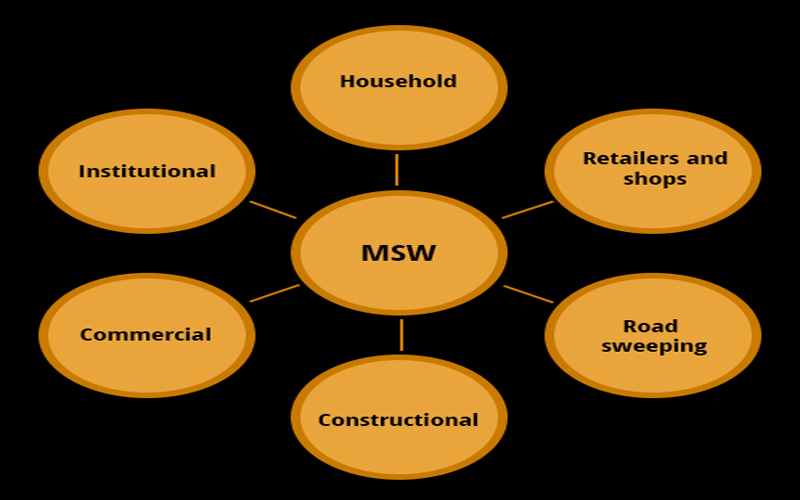
Solid Waste Treatment
The quality of life on the Earth is linked to the overall quality of the environment.
Unfortunately, the progress in science, technology and industry a large amount ranging from
raw sewage to nuclear waste is dumped into the ecosystem thereby posing a serious
problem for survival of mankind itself on earth.
Solid waste management (SWM) is one of the most challenging issues faced by developing
countries that suffer from serious pollution problems caused by the generation of large
waste quantities.
The awareness that improper handling of SW leads to contamination of water, soil and
atmosphere (causing global warming) and is a major impact on public health has caused
developing nations to address this issue with increasing urgency: management of SW.
In the world, several type of waste with billion tonnes of wastes per year are generated.
Obviously, the biosphere system cannot absorb and recycle such a large amount of wastes.
Most wastes were traditionally disposed by digging a hole and filling it with waste material
(landfill sanitary) and burning the organic wastes in open land (Incineration).
This mode of waste disposal: difficult to sustain owing to lack of new place every time to
dump and create air pollution to the surrounding community as well as global warming.
New technologies for waste disposal that use high-temperature incineration and chemical
decomposition (e.g., base-catalyzed dechlorination, UV oxidation) have evolved.
Although they are very effective at reducing wide a range of wastes/contaminants but have
several drawbacks such as complex, uneconomical and lack public acceptance.
The associated deficiencies in these methods have focused efforts towards harnessing
modern day bioremediation process as a suitable and sustainable alternative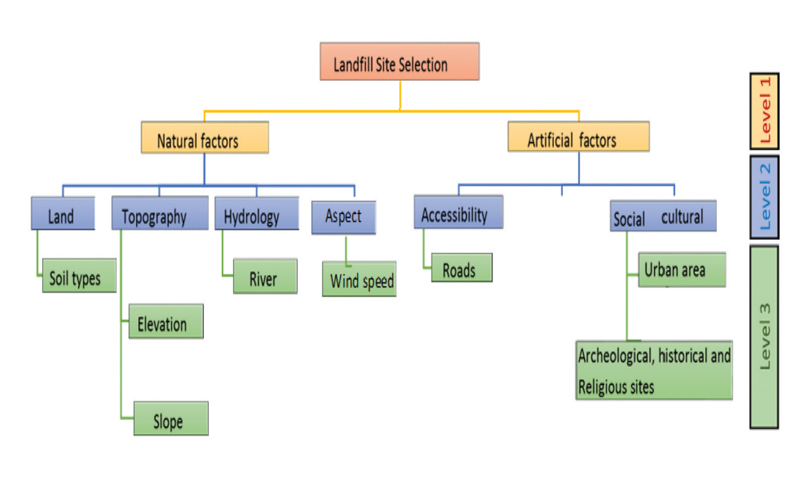
Waste Characterization
Solid waste characterization supplies useful data for choosing appropriate disposal
methods and developing collection and separation systems.
In characterization of municipal solid waste, amounts and types of the waste components
varies with location, season, population density, economic conditions and others.
Due to the heterogeneous nature of solid waste, common sense and random sampling
techniques have evolved for determining composition.
Understanding the composition and nature of solid waste at the source of generation plays
an important role in designing a method for an integrated waste management program.
Landfill life can be predicted and modification can be made in present waste management by
using characterization data.
Possible to be sorted into populations by size, material type or suspected contamination.
* Without a priori knowledge of the contents (percentages of type: paper, plastics, etc.) and the
contaminants present (e.g., heavy metals, volatile organics, semivolatile organics, etc.) in a
given collection site, it is difficult to selectively sort the material to obtain an estimate of the
distribution of contaminants and decide methods of treatment.
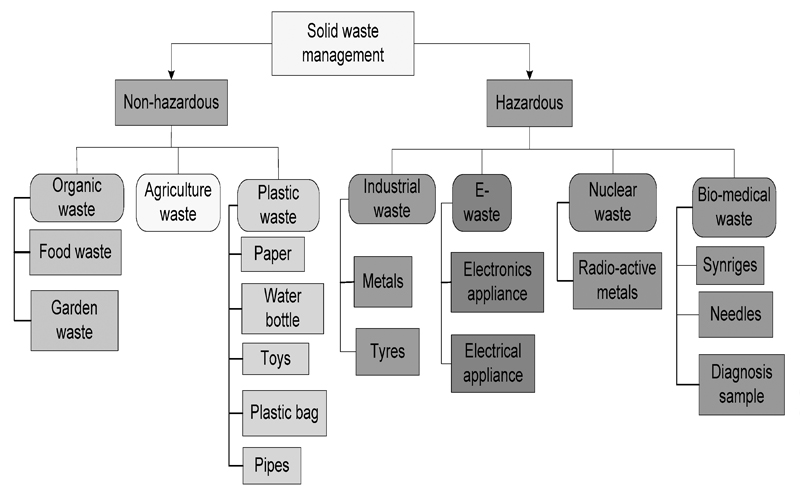
Basis of Biological Solid Waste Treatment
Biological treatment processes use natural processes of ubiquitous living organisms.
During biodegradation, microbial activity ‘recycles’ organic molecules, and such continuous
process is fundamental to biological treatment.
Biological treatment processes are well understood and widely used for organic wastes,
mainly non-hazardous ones, but also used for some hazardous wastes such as heavy metals,
xenobiotic compounds, etc.
In solid waste, biological action takes place naturally within collection site, landfill sites and
compost processes, and natural process is encouraged and optimised in biological treatment
facilities by control of temperature, nutrient supply, pH, inoculums type and size, etc.
Complicating biodegradation by "cometabolism" where minimum two substrates are needed
i.e., one compound cannot fulfill all the bacterial needs and act as the sole carbon and energy
source, whereas a second compound is needed as growth substrate.
Different microbial actions take place in aerobic (or oxygen-rich), anoxic (low oxygen)
and anaerobic (or absence of oxygen) conditions.
Aerobic degradation can take place over wider temperature and moisture ranges than anaerobic
processes, because of the methane bacteria.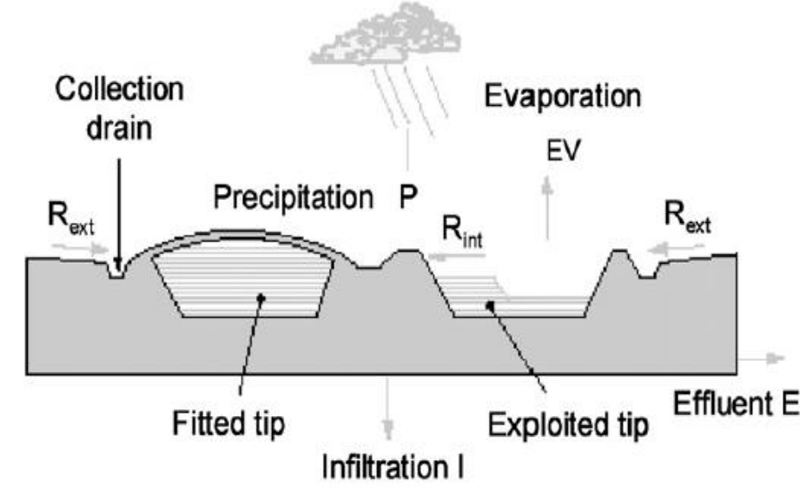
What is a Sanitary Landfill?
The sanitary landfill is a technique for the final disposal of solid waste in the ground that
causes no nuisance or danger to public health or safety; neither does it harm the
environment during its operation or after its closure.
Sanitary landfill can be also defined as a facility designed and operated as a basic
sanitation project that has sufficiently safe elements of control, and the success of which lies
in the selection of the suitable site, its design, and of course, its effective and efficient
operation and control methods.
This technique uses engineering principles to confine the waste to as small an area as possible,
covering it daily with layers of earth and compacting it to reduce its volume.
In addition, it anticipates the problems that could be caused by the liquids and gases
produced during the decomposition of organic matter.
Some materials such as paints, cleaners, chemicals, motor oil, batteries, and pesticides are
some of the common items that are banned from MSW's disposal landfill.
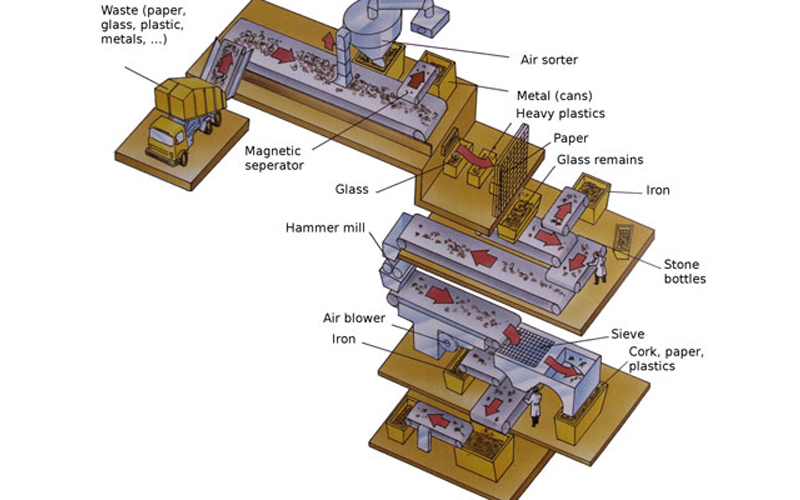
The display of solid waste equipments : 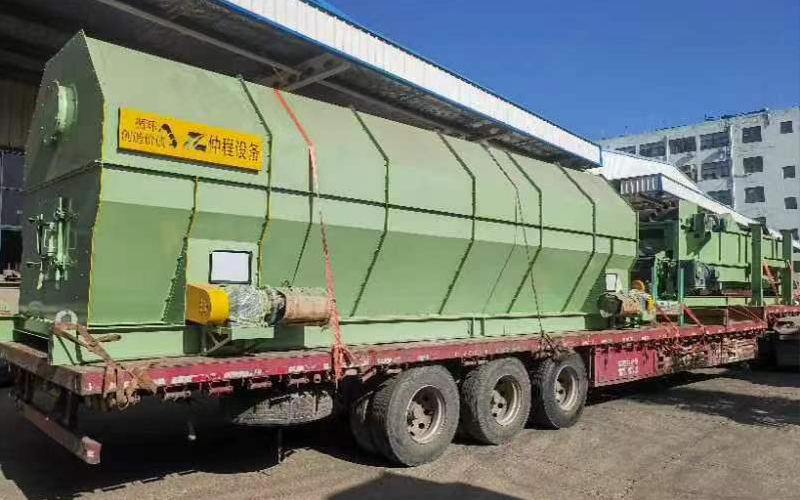
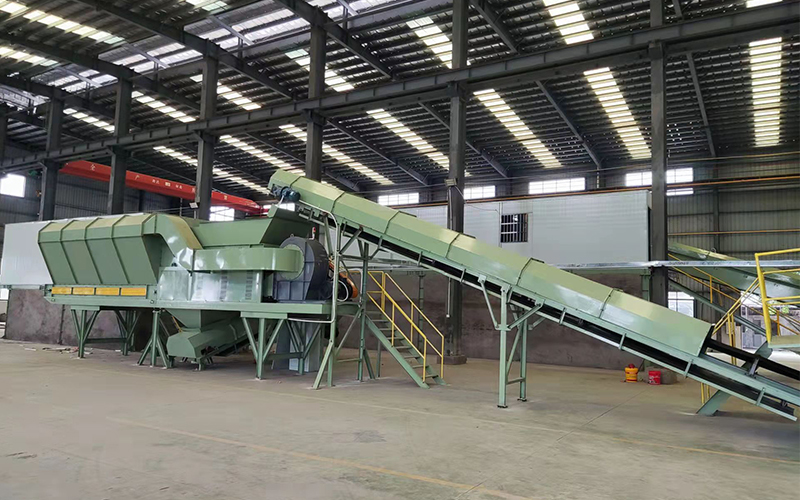
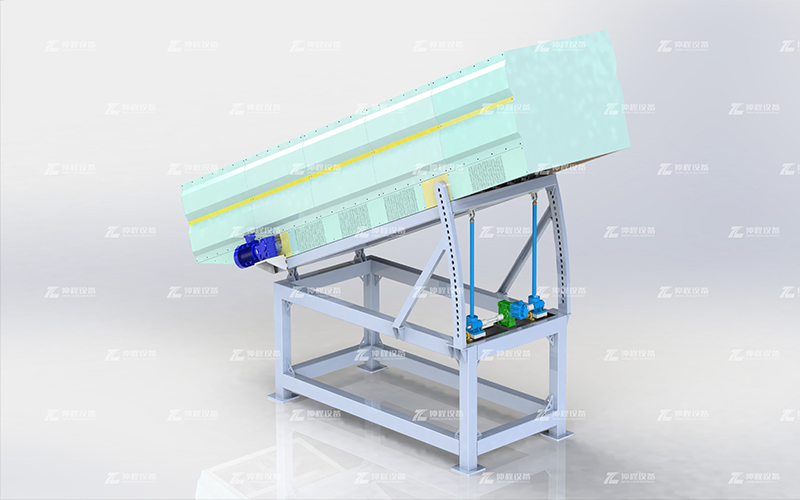
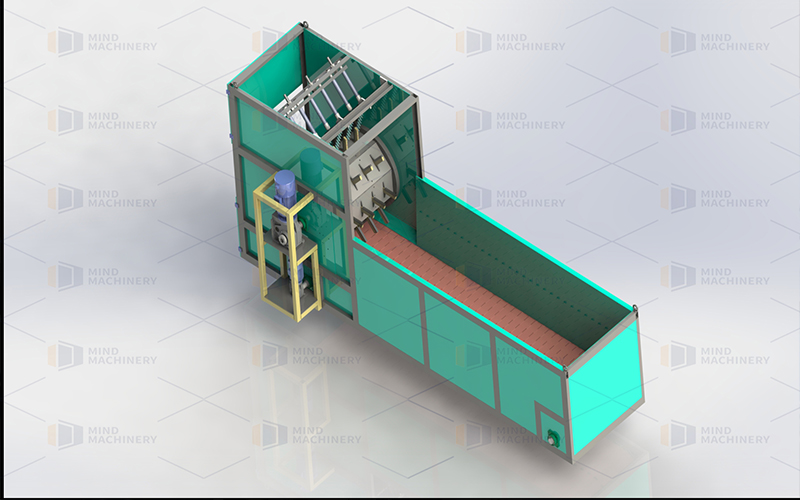
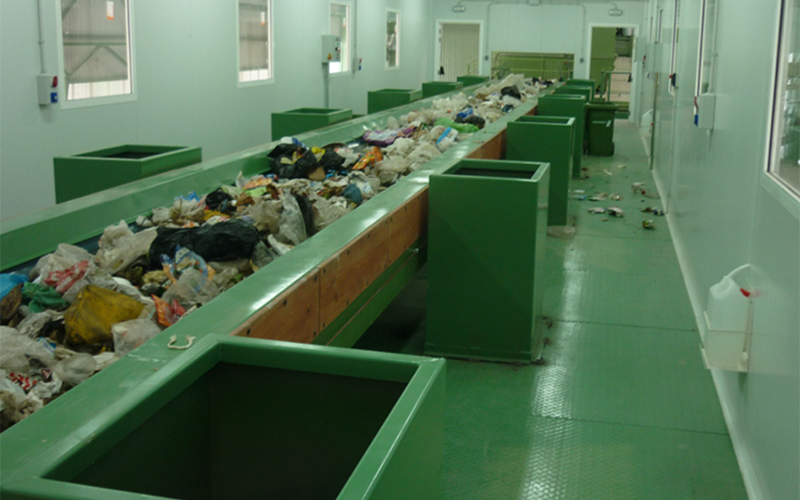

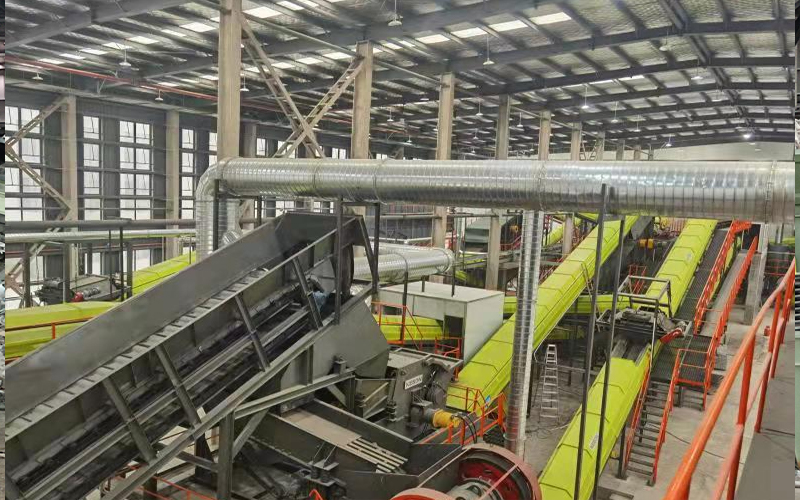
-
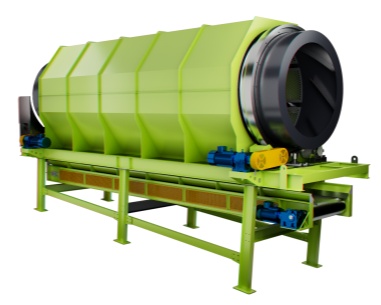 Trommel screenTrommel screen, also known as drum screens, are widely used in various industries for sorting and separating materials.Get Quote
Trommel screenTrommel screen, also known as drum screens, are widely used in various industries for sorting and separating materials.Get Quote -
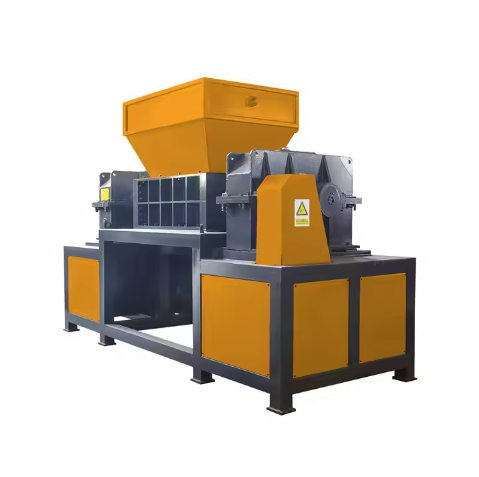 Crop straw double shaft shreddApplications:Biomass Energy Production: Shredded straw can be used as a feedstock for bioenergy plants to produce electricity or heat.Livestock Feed: Reduced-si...Get Quote
Crop straw double shaft shreddApplications:Biomass Energy Production: Shredded straw can be used as a feedstock for bioenergy plants to produce electricity or heat.Livestock Feed: Reduced-si...Get Quote -
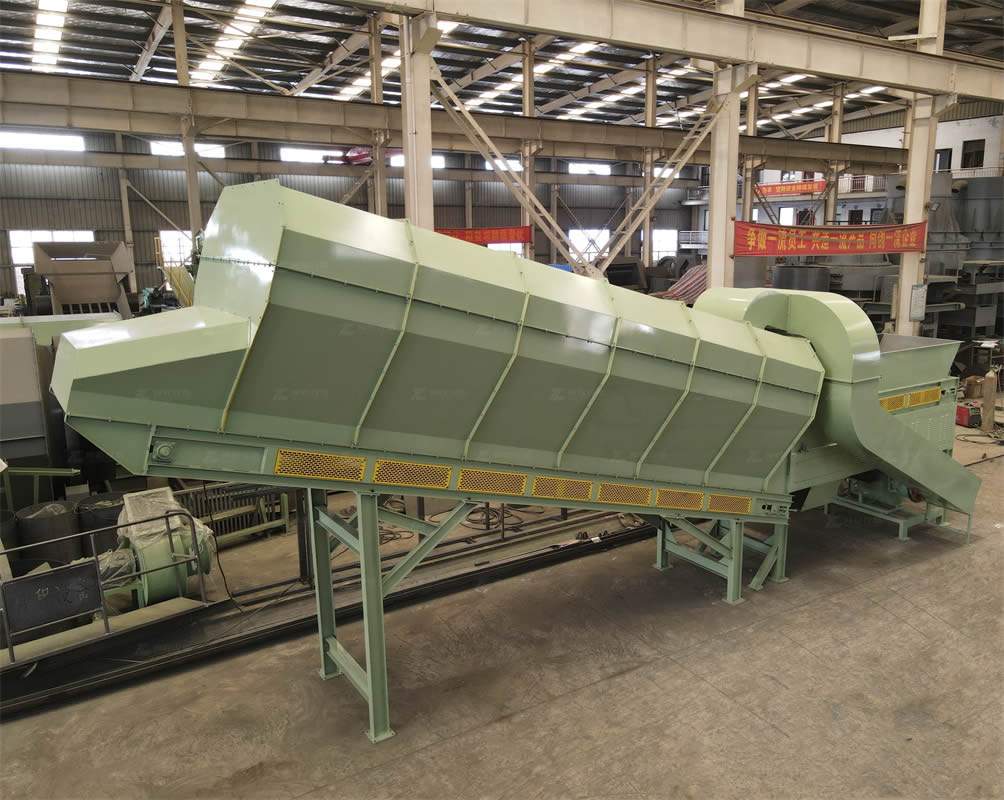 Zhongcheng Air Drum SeparatorAir drum separators effectively separate lightweight materials (e.g., plastics, paper) from heavier materials (e.g., metals, glass). This high efficiency is cru...Get Quote
Zhongcheng Air Drum SeparatorAir drum separators effectively separate lightweight materials (e.g., plastics, paper) from heavier materials (e.g., metals, glass). This high efficiency is cru...Get Quote
-
2023-01-12Double-Shaft ShredderThe Double-shaft shredder is a widely used industrial shredder that efficiently processes various mixed waste materials, such as construction waste, industrial ...
-
2023-01-13Bag OpenerBag opener or bag opener system is a mechanical device used to automatically open and empty bags containing bulk materials. This system is commonly used in indu...
-
2024-08-05Hot-sell Coconut Shredderworking principleCoconut shell shredder usually uses the force generated by cone and spiral to evenly squeeze the coconut meat in the grinding chamber between t...
-
2024-08-12The Advantages of Horizontal Baling TechnologyA horizontal baler, also known as a horizontal baling machine, is a piece of equipment used for compressing materials and wrapping them into bales. This process...
-
2024-05-18Jaw CrusherThe working principle of jaw crusher Although the jaw crusher has various structural types, its working principle is the same, that is, the material is crushed ...



